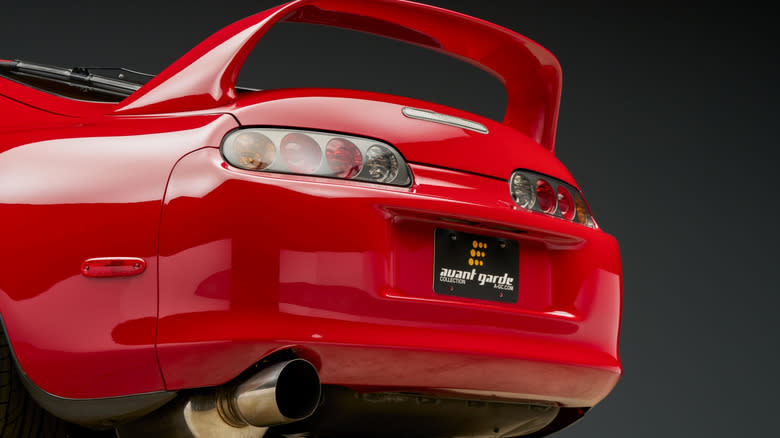
If you wash your own car or are checking out a potential new purchase and notice a difference in the shades of paint from one panel to the next, your immediate thought might be that it's been repainted in the past. This might be the case, although you'd probably see other telltale signs like inconsistencies in texture or a bit of overspray. A more likely reason for a mismatch in coloring is that you're looking at a plastic bumper fascia which is sitting next to metal panels. The process of applying paint differs between these two materials, and the finish will also weather and fade differently on each.
Plastic panels like bumper fascia are usually prepped and painted separately from the car's main metal body. These panels may be processed in a different facility altogether, or in the same room with different sprayers. Even if the various nozzles are calibrated to deliver precisely the same volume of paint per minute at the same velocity, it'll adhere to and dry differently on plastic than it will on metal. All of these variations leads to slight differences in how a paint finish looks when the car is finally assembled. Some manufacturers also do the appropriate quality control checks prior to fitting the bumpers, meaning at no point do the bumper fascia and body get compared for color consistency. In addition, paint on metal surfaces is baked at high temperatures to cure it, while the same procedure would melt most plastic bumper panels. Automakers also take advantage of metal's magnetism to employ electrostatic painting, where a negative charge is applied to metal panels and the paint is infused with negative ions. Since plastic panels can't be charged electrically, this method can't be used on bumper fascia.
Read more: These Are Your Favorite Factory Exhaust Designs
Some Design Features Can Hide Or Highlight Color Differences
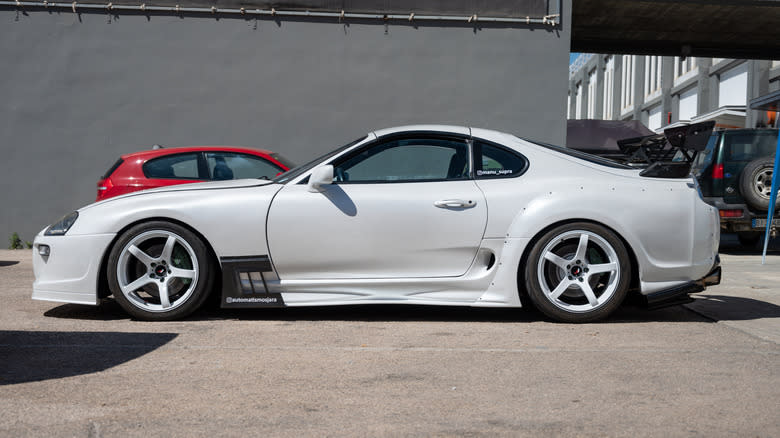
If an electrostatic painted panel sits next to a nozzle-painted one, the two finishes might appear different. Certain design features can also affect how well color matches up between a car's body panels. Metallic finishes might appear mismatched from certain angles due to how the reflective particles are aligned, and many models from the '80s and '90s had rubber molding or chrome trim lining the bumpers that make it harder to notice color changes across these features.The Mk IV Toyota Supra has body-colored bumper fascia that blend almost seamlessly into the quarter panels, doing so especially smoothly in the rear. There are plenty of good reasons to buy a Mk IV Supra, and its smooth contours might help keep you from obsessing over color differences.
The gaps and seams between body panels can also fool our vision, even if they're even and tight. The specific colors that match well and age consistently will vary from car to car, reflecting the different equipment and processes used by various automakers. There's usually no need to check color matching between panels too carefully, but as always there's an ideal way to do so. Clean and dry the car, park it in the open on a clear or slightly overcast day, then walk around it slowly from a few steps away and look for any differences in color. Even if something seems off, our tips on fixing a bad paint job can help mask any significant color discrepancies between body panels.
Want more like this? Join the Jalopnik newsletter to get the latest auto news sent straight to your inbox...
Read the original article on Jalopnik.
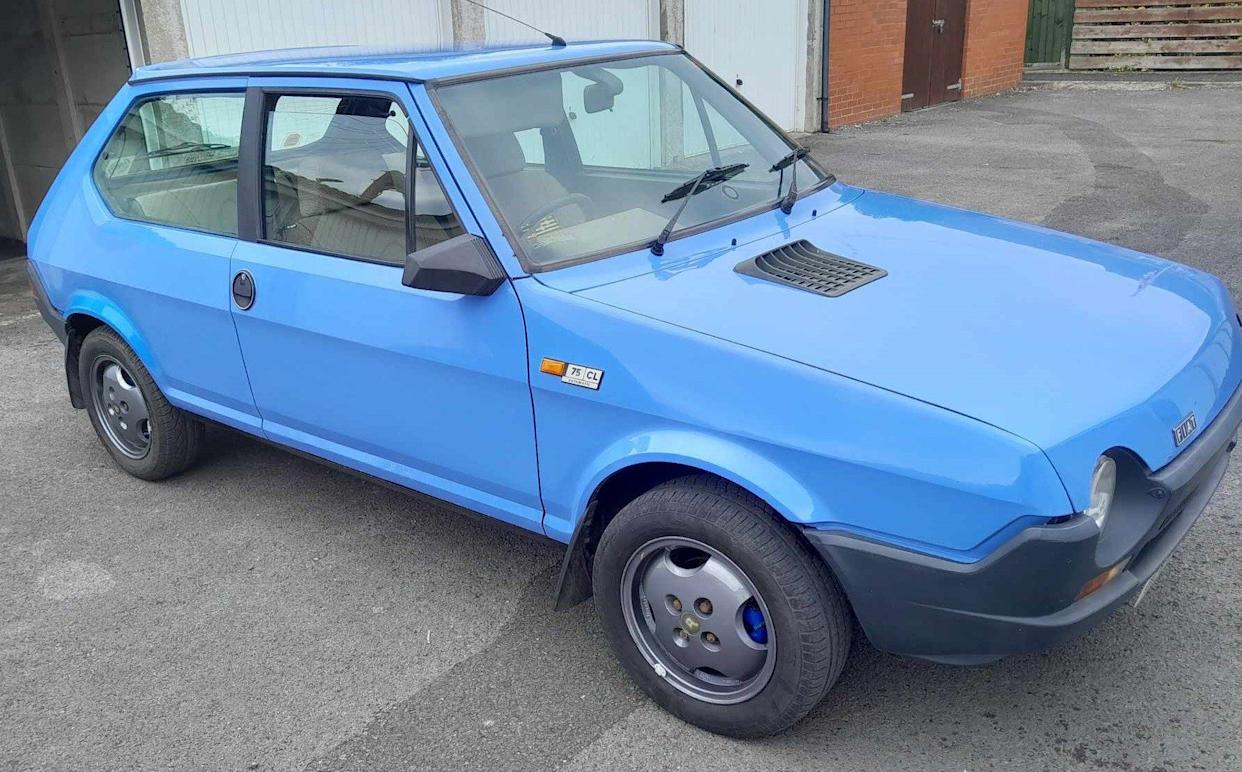
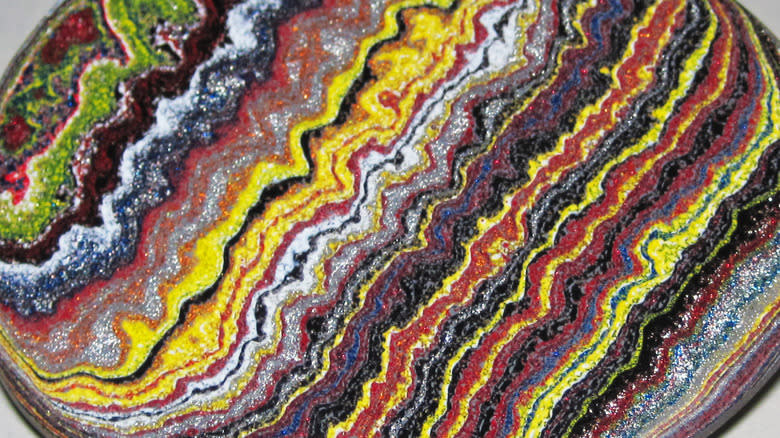
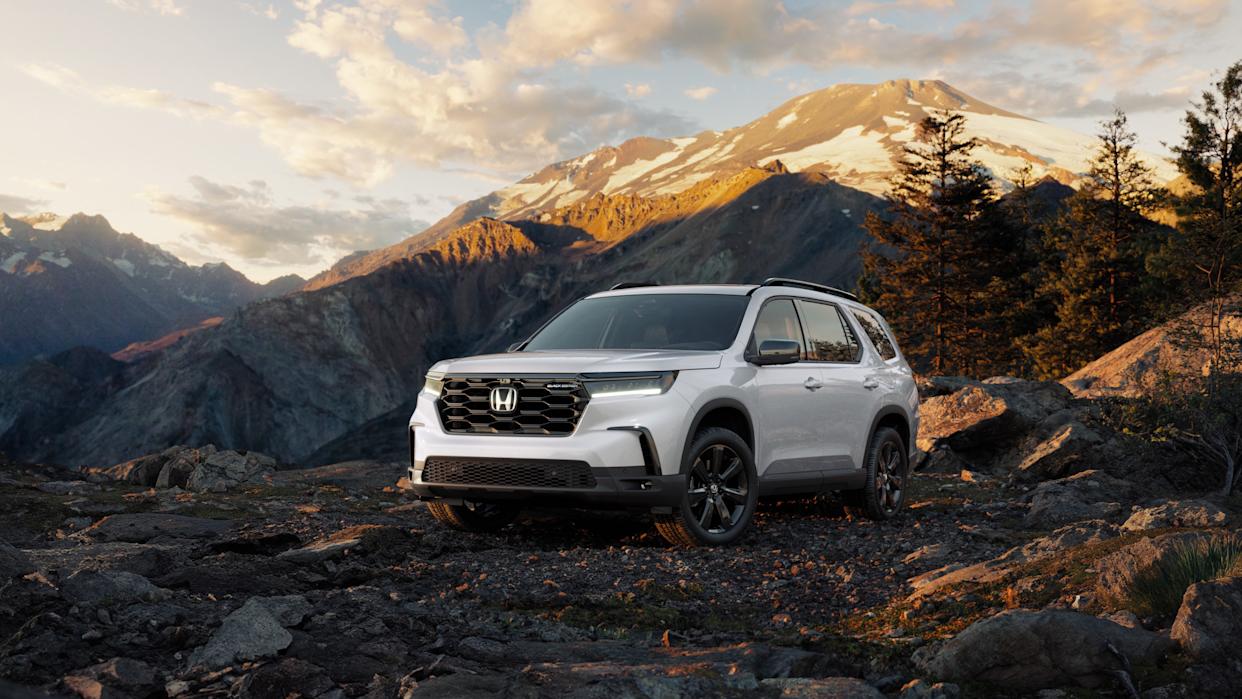
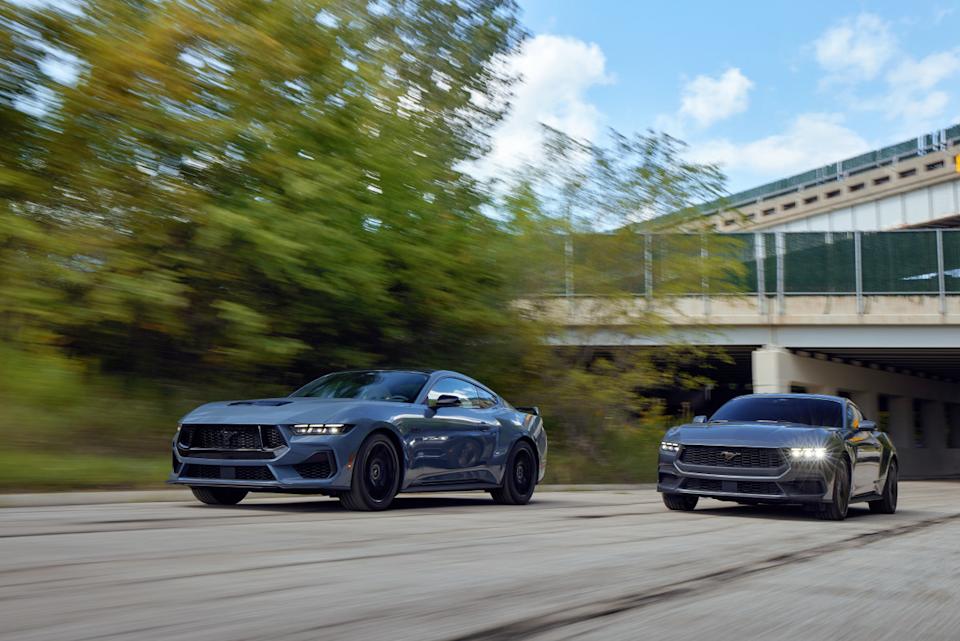
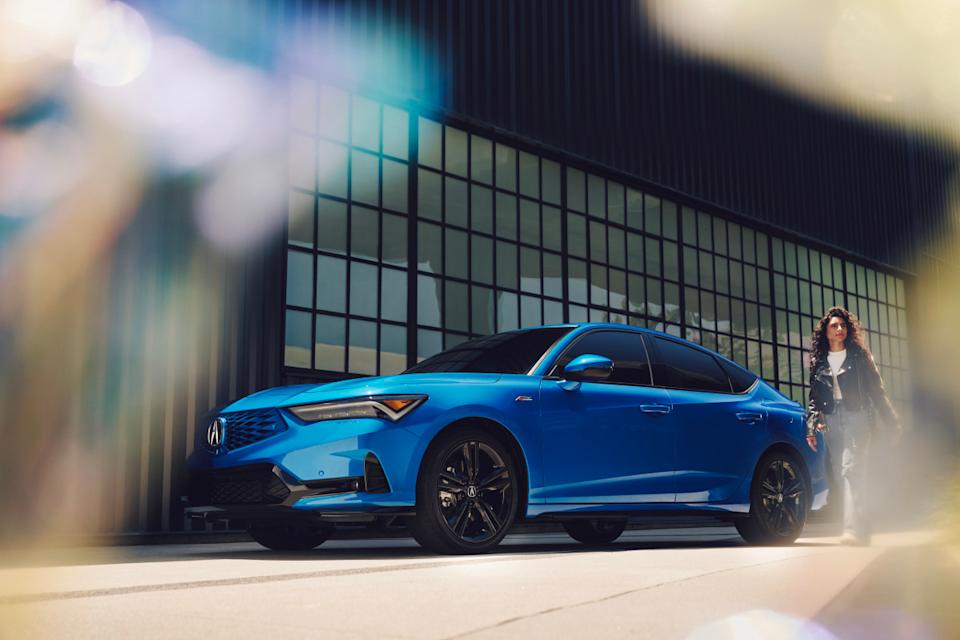
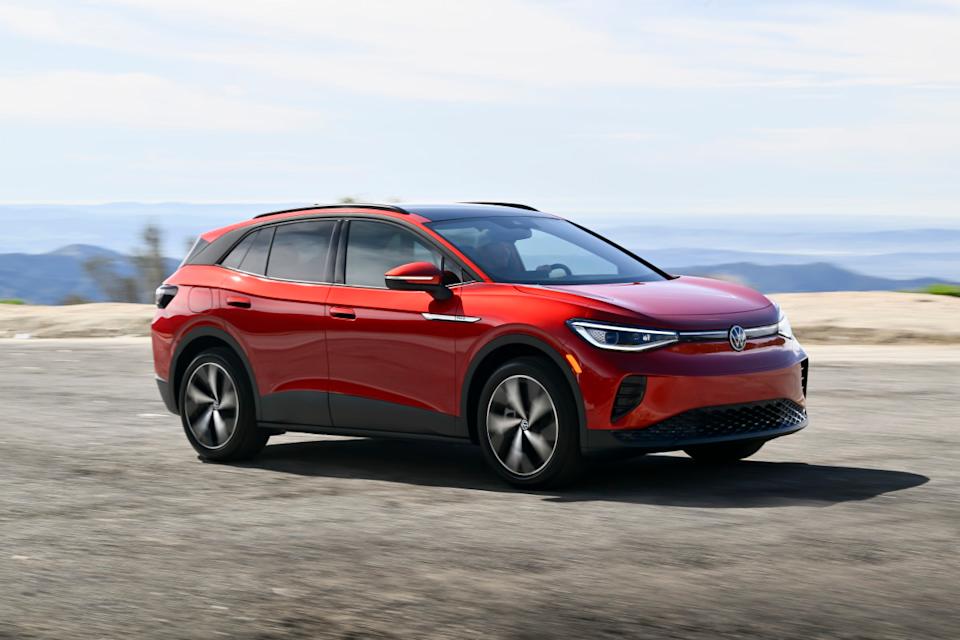

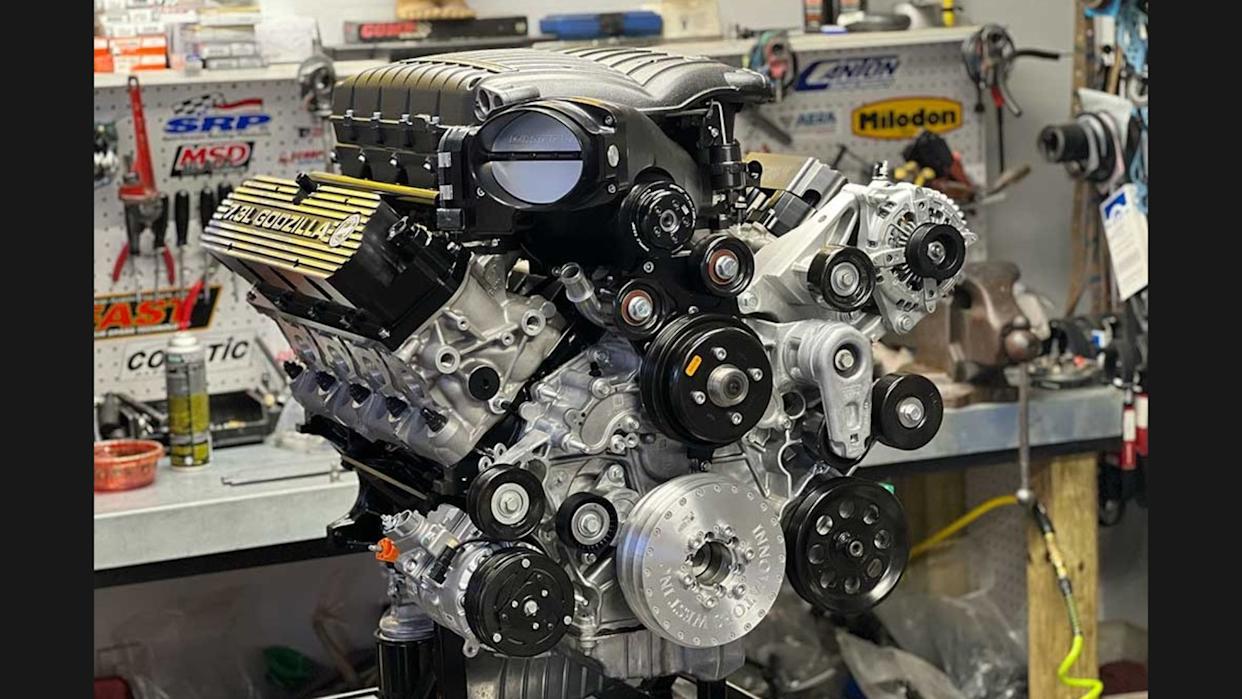
Comments